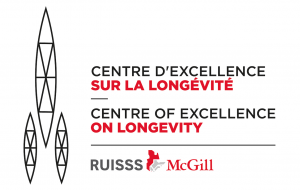[vc_row][vc_column width=”1/4″][vc_column_text]Partners
- Geriatric Assessment Unit at St. Mary’s Hospital
- Jewish General Hospital
- McGill University
[/vc_column_text][/vc_column][vc_column width=”3/4″][vc_column_text]Context
“Emergency Room Evaluation & Recommendations” (ER2) is a clinical tool that enables the identification of patients attending emergency rooms who are at risk of extended hospital stays and admission to the hospital. Its use in a clinical context by emergency room nurses has demonstrated that the process of gathering information in relation to a history of falls, which is one of the six questions that this tool addresses, could be difficult in the context of an attendance at an emergency room. Indeed, the acute pathology that explains the reason for an emergency room attendance can cause confusion in elderly patients, making it impossible to ask them questions. Moreover, it is sometimes difficult to obtain information about the patient from caregivers or companions. Falls are most frequently the consequence of a major gait-related or balance-related issue, as shown by the use of a walking aid. Recording whether or not a walking aid is used is both simpler and more objective than obtaining information about a history of falls. We have, therefore, issued the hypothesis that it would be possible to change the item “History of falls” to “Use of a walking aid” in ER2 without affecting its capacity to predict adverse health events.
Objective
> To compare the predictive capacities of ER2 in its original and modified versions (changing the item “history of falls” to “use of a walking aid”) in respect of extended hospital stays in a population of elderly patients admitted to acute geriatric treatment units.
Actions
- Partnership with the Geriatric Assessment Unit at Mary’s Hospital
- Data gathering and analysis
- Authorship of an article in a scientific journal
[/vc_column_text][/vc_column][/vc_row]



